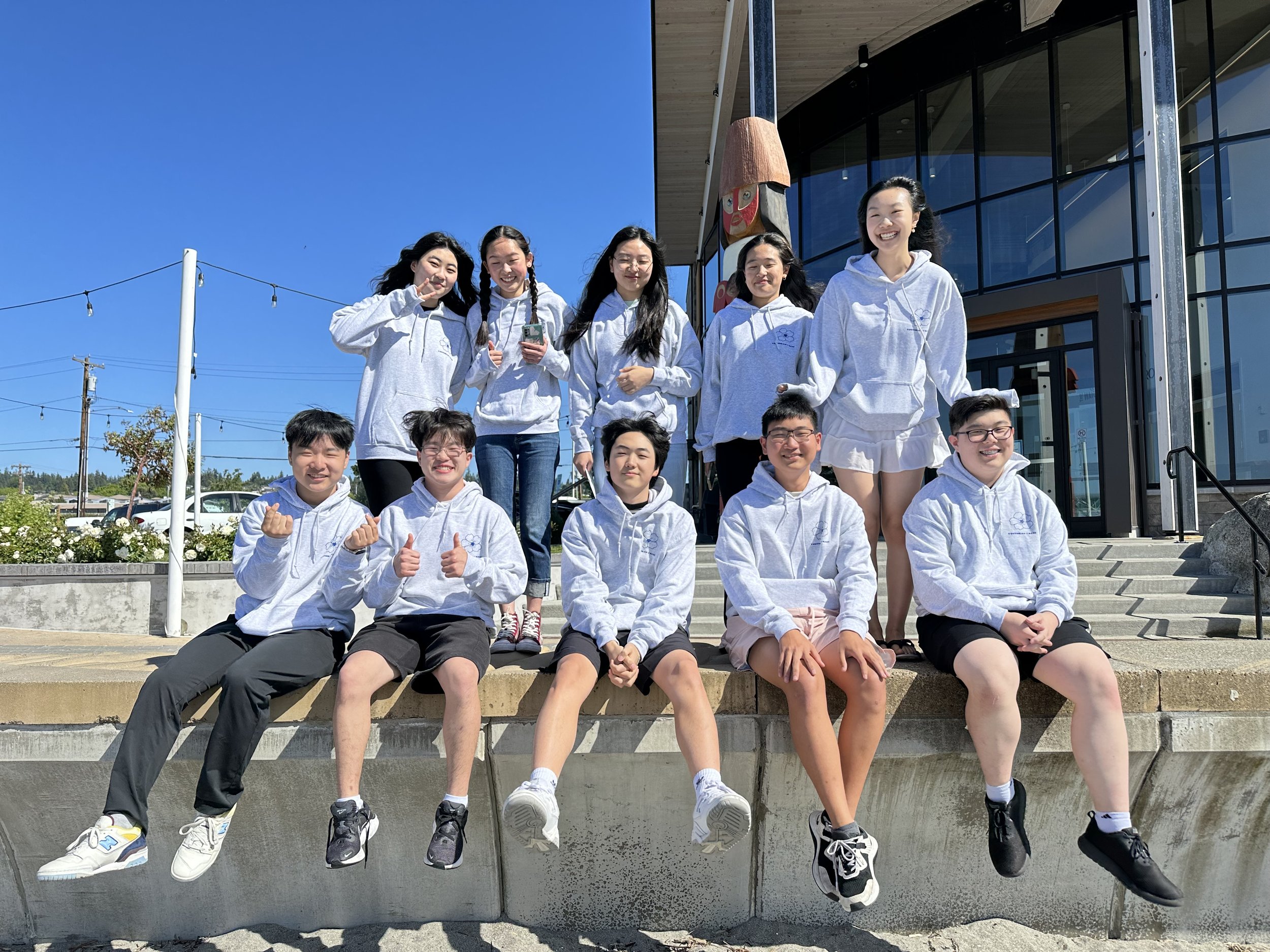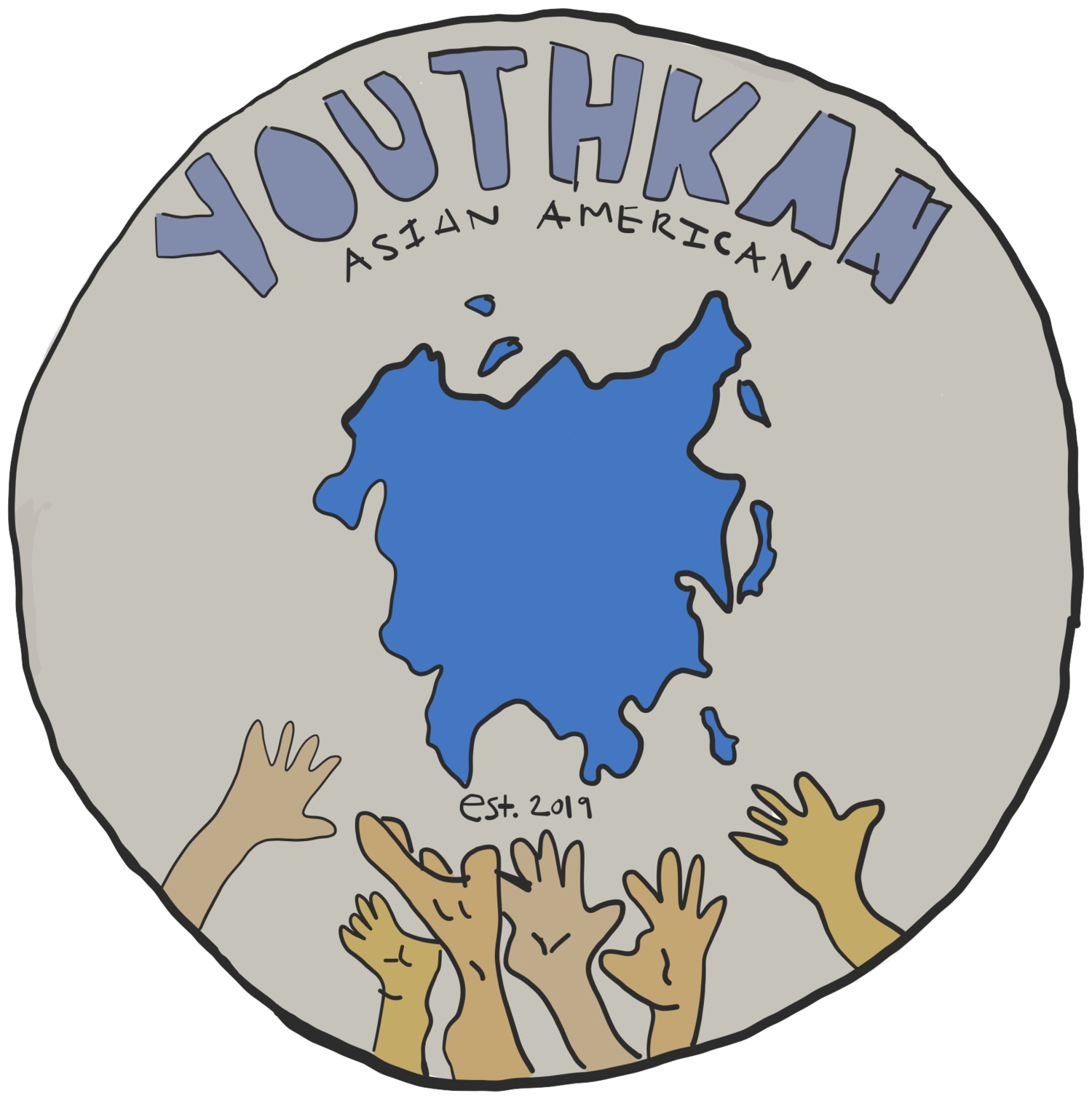
Our Mission
“Our mission is to change the pressure that negatively impacts the mental health of Asian American youth.”
The first instance of major Asian immigration to an established United States occurred during the Gold Rush of the 1850s. Primarily Chinese, they sought opportunities of wealth and stability for families back in China. Subsequently, predominantly East Asian communities began to immigrate to the US whether for the gold or as an escape from the negative economic effects of the rise of defense modernization for certain professions. This led to a history of Asian immigration to the United States that is prevalent to this day.
Once in the United States, Asian communities faced heavy persecution from the previous residents whose prejudices ranged from skin tone to everyday customs. Due to this, events and organizations took place such as the Asiastic Exclusion League, Yellow Peril, and the Rock Springs massacre. These actions set a precedent of Asian stereotyping and discrimination. From the Chinese Exclusion Act and Japanese Internment to the Model Minority Myth and the slant eyes trend, racist actions have continued to occur. The majority of these actions that take place in the 21st century are on a smaller scale, but have damaging effects for Asian American citizens.
Most Asian youth have experienced a barrage of heavy accusations with negative connotations by the time they enter high school. Some topics may include the consumption of dog meat, bad driving, and tiger parents. More embedded subjects are a proficiency for mathematics, studious youth, and merit based social mobility. Over recent years, there has been an increase in the popularity of brightening beauty products and the use of eye makeup to create slant looking eyes. Some may say these assumptions are mainly positive and help to explain the general success of Asian immigrant communities. However, they would be perpetuating a history of ignorant expectations that essentially eliminate individual identity and demand the opposition of minority populations.
The culmination of these stereotypes result in the Model Minority Myth. Generally defined as, “a minority group perceived as particularly successful, especially in a manner that contrasts with other minority groups,” (1). The evidence surrounding this myth targeting peoples of Asian ancestry are above average test scores, elite socioeconomic status, and higher percentages of participation in post-collegiate education. While many of these statistics are correct, this stereotype forces many to assume a lack of diversity among Asian Americans. Thus, when presented with an individual who does not exhibit the aspects of the Model Minority Myth, criticism ensues for their abstinence in conforming to the external and internal expectations from society.
It has been repeatedly proven that it is near impossible to compel an aggregation of ethnicities under one banner and expect all personnel to behave similarly. There is a large amount of pressure imposed on those underneath these expectations. Many are vocally expected to live directly up to the stereotype, while others are subconsciously forced by societal expectations. This pressure can lead to severe depression, anxiety, and other forms of mental health diagnosis. Due to social stigmas that are especially prevalent in Asian American communities, many do not report potential mental health complications and instead suppress symptoms. This can be seen notably in youth and their approach to academics and extracurricular activities.
We (YouthKAN) chose to focus on this aspect of Asian American individuals because it is prevalent in our day to day lives. We see news of ever increasing suicide rates for Asian teens and teen in general, we have friends who vocally refuse counseling, and we tackle these same pressures everytime we wake up. This is not just some random aspect of our life we want to change, the negative pressures Asian American youth experience are a systematic set of expectations that drive our entire lives and stem from over a century of external prejudice and internal response. We ask others to check their perspective and advocate accordingly, only then will true change occur.
(1) “The Model Minority Myth.” The Practice, 26 Mar. 2019, thepractice.law.harvard.edu/article/the-model-minority-myth/.
